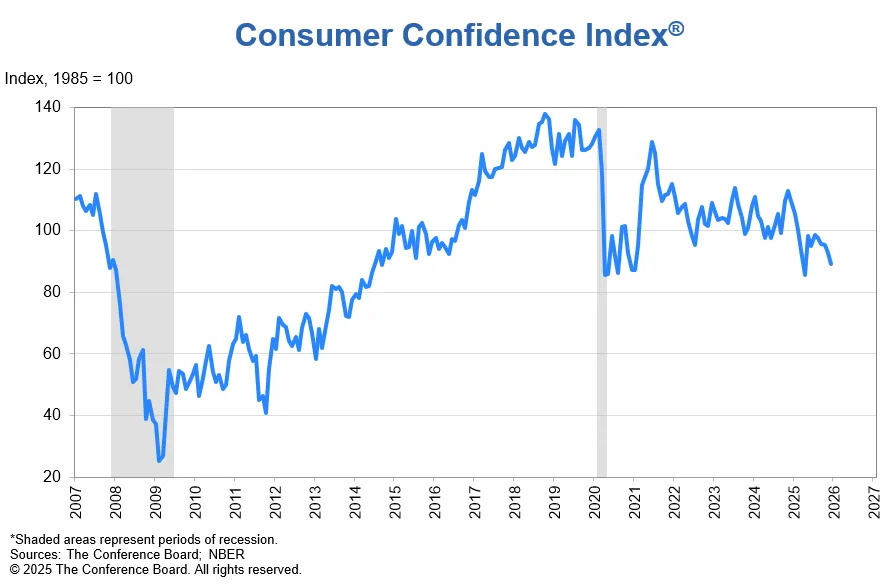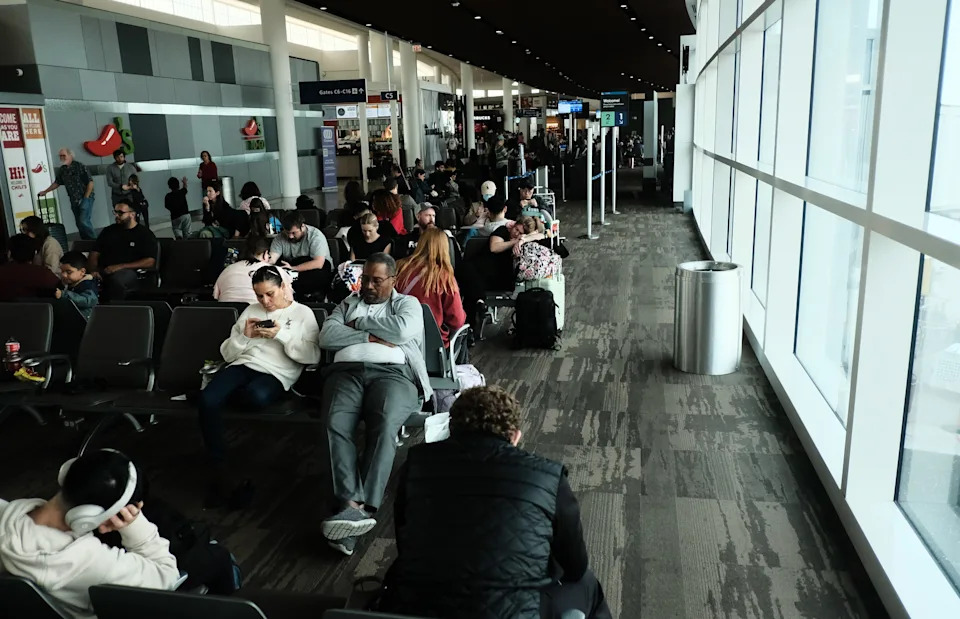
How Should Investors View Stablecoins: As a Utility or a Speculative Asset?
Key Points
- Stablecoins serve as a medium of exchange on blockchains, mimicking fiat currency like the U.S. dollar to facilitate transactions without the volatility of other cryptocurrencies.
- They are not designed for significant value growth, functioning more as a convenience for on-chain transactions rather than a traditional investment.
- Risks include issuer quality, with potential de-pegging if reserves are inadequate, as well as chain and bridge vulnerabilities during cross-chain transfers.
- Not all stablecoins are equally safe; some rely on risky algorithmic models instead of cash reserves, and transparency in reserve attestations varies.
- Investors should treat stablecoins as working capital, diversify across issuers, and stay informed about evolving regulatory landscapes.
Summary
Stablecoins play a critical role in the cryptocurrency ecosystem by acting as a stable medium of exchange, typically pegged to fiat currencies like the U.S. dollar, to enable seamless on-chain transactions without the volatility of other digital assets. They are not meant for capital appreciation but rather as a practical tool for moving value across blockchains, used in trading, staking, or settling payments globally. Major stablecoins like USDC and USDT dominate the market, with reserves supposedly backing their value, though transparency and issuer reliability vary, posing risks. Additional dangers include de-pegging, where a coin loses its fixed value, and vulnerabilities in cross-chain transfers via bridges, which are hacker targets. Algorithmic stablecoins, lacking traditional cash reserves, can be particularly unstable during market stress. For investors, stablecoins are best viewed as working capital rather than speculative assets, with recommendations to diversify holdings, prioritize transparent issuers, and remain cautious of regulatory changes that could impact the sector. While they offer utility in the crypto space, their risks—ranging from issuer quality to technical failures—require careful consideration, distinguishing them from the safety of traditional cash or bank deposits.
The Motley Fool
August 3, 2025
Crypto


